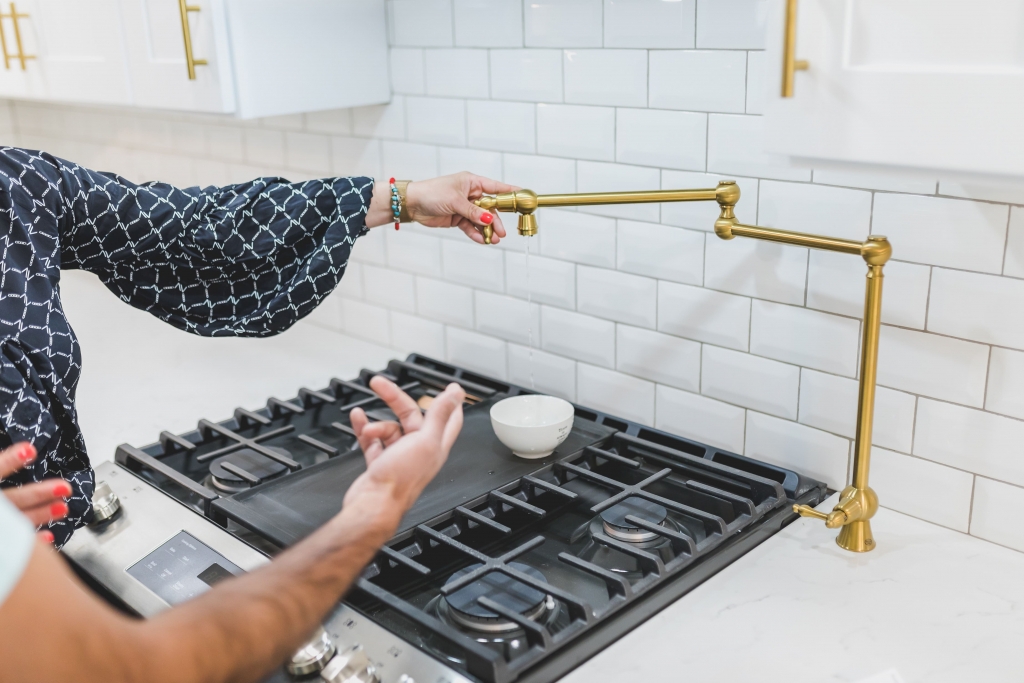
Moving into a perfect, newly constructed house and lot sounds exhilarating. Bear in mind, however, that the adage “don’t judge a book by its cover” also applies to real estate.
The developer must obtain your approval prior to transferring your house and lot. This is the time for the final inspection or “punch listing.” The punch list is used to determine whether the project adheres to the agreed-upon specifications. This is a critical step prior to the turnover. Before you move into your soon-to-be permanent residence, here are some general and specific guidelines for acing your scheduled punch listing sessions.
What to anticipate
The punch listing stage is one of the final steps before a house is actually turned over. It is critical for homeowners to participate in the evaluation of the quality of their future homes. After all, the term “final inspection” is not coined in vain.
Although homeowners are typically the primary protagonists during punch listing sessions, it is prudent to have a contractor or designer accompany you throughout the inspection, assisted by a carpenter, electrician, and/or plumber. While the majority of homeowners are aware of what to look for in a home, there are times when technical issues require the assistance of specialized consultants. Additionally, you may need to bring a camera for documentation, a steel or measuring tape to verify measurements, a copy of the floor plan to verify its accuracy, and additional tools such as a plumb bob, electrical tester, or leveling tool.
Begin at the entrance
Always begin with the entryway to ensure that all areas of the house are covered. Typically, these areas include the gate, driveway, garage floor, and main door. Both the gate and the main door should completely open and close, and if you have an automated one, experiment with operating it via the wall switch and remote control.
As you approach the entryway, take a moment to inspect the exterior finishes for quality of workmanship. Assure that all surfaces are applied properly and evenly. At ground level, inspect the driveway, garage floor, and patio for cracks.
Continue to the general utilities, installed items section
Conduct an extra-careful inspection of your home’s electrical and plumbing systems.
For example, in the kitchen and bathroom, ensure that all countertops and cabinet fronts are smooth and free of blemishes and scratches. If possible, open each cabinet and drawer to ensure that everything fits easily in and out.
When it comes to plumbing fixtures, test each one for five minutes to ensure that they are all functioning properly. Take the time to inspect for water leaks in walls, ceilings, and corners. To inspect a bathtub or sink stopper properly, add a couple of inches of water and wait two to three minutes to ensure there is no leakage at the stopper. Begin flushing the toilet and then check for leaks at the base. Additionally, you can sit on the toilet to determine the mounting’s stability.
Always begin electrical work with the main circuit breaker. Ascertain that it is easily accessible to all family members. Ascertain that all labels correspond to the switches and, consequently, that these switches function properly.
As you progress to the individual electrical fixtures, ensure that all light fixtures are properly installed and free of broken components. Simply turn on all light switches and fixtures to verify that they are all functioning properly. Bring a tester or a small appliance such as a radio or even a phone charger to check outlets.
Suggested Read: Top Home Gadgets for Techy Homeowners
Evaluate the House and Lot Quality
Evaluate whether the finishes on your walls, floors, and ceilings meet your expectations. Examine their work to determine if they achieved the desired textures, paint or varnish work, and smoothness. Additionally, you can inspect the surface of floors and ceiling moldings for visible connections and nail heads. Along with concrete finishes, it’s critical to keep an eye out for cracked, chipped, or broken tiles, as well as missing grout. If your home has hardwood or other delicate flooring, you may want to check for scratch marks as well.
Doors and windows should be easy to open and close and have a smooth, warp-free surface. Additionally, all openings should be free of air gaps. To verify this, light a candle or matchstick in the vicinity of each window. If the flame flickers, you have an air gap to close. Simply ensure that there is no open space along the threshold to check for air gaps in doors. Finally, lock and unlock each door to ensure that the locks are functioning properly.
Suggested Read: How do you survive a hot summer season at home?
Managing expectations
Visual appeal is a significant factor in today’s real estate market. Become a more knowledgeable homebuyer by recognizing the similarities and differences between professionally designed model homes and actual units. All of these factors contribute to your satisfaction with your new home and ensure that you get your money’s worth.
The author runs his own architectural and technology studio, assisting local and international clients seeking unique and high-quality design specialties for hotels, condominiums, museums, commercial, and mixed-use township developments, with a focus on meta-modernism in the next generation of Philippine architecture.
Additional tips for conducting a successful House and Lot inspection include the following:
• Document everything. Nothing should be left to chance. Prepare a printout of your punch list and bring it with you when you conduct your inspection.
• Be patient. Do not feel pressed to complete your house and lot inspection quickly. Allow as much time as necessary to walk through the house and record all of your observations for the developer’s reference.
• Allow for adjustment time. Allow three to seven days between the house inspection and the official turnover date in case the developer requires additional time to address the issues raised by you.
• Insist on the resolution of your concerns. Seal the deal only after all outstanding issues have been resolved.

Carrying a punch list with you as you inspect your new house and lot will assist you in ensuring that all areas and amenities are built to agreed-upon specifications and are in working order. While there are no hard and fast rules regarding the contents of a punch list, it should at the very least include the value of your property.
Suggested Read: How to Design a Work from Home Space Effectively


